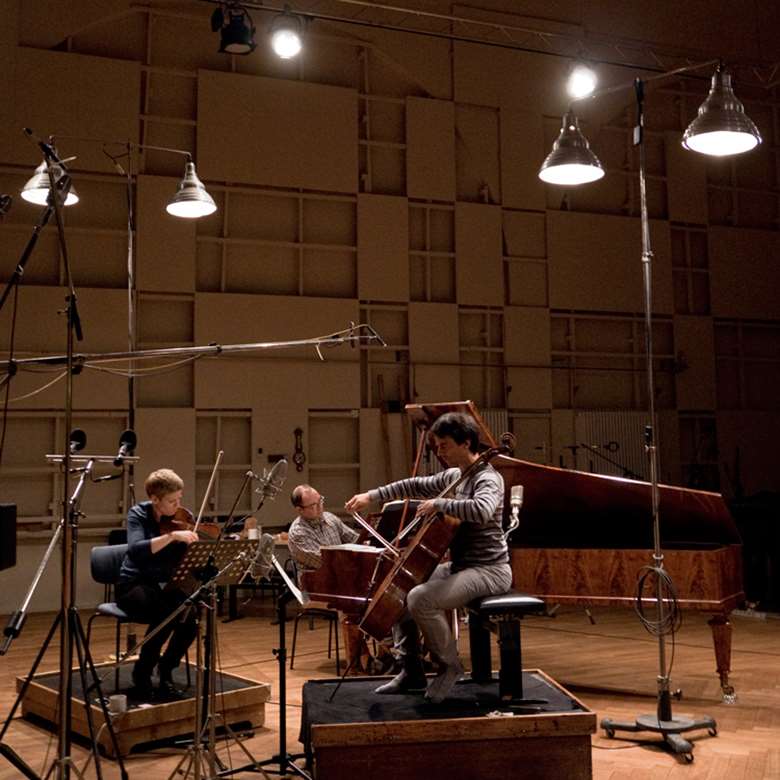Schumann Piano Concerto, by Ingrid Fliter
Gramophone
Monday, September 5, 2016
The Argentinian pianist is swept away by the poetry of this ‘story of passion and abandon’

Register now to continue reading
Thanks for exploring the Gramophone website. Sign up for a free account today to enjoy the following benefits:
- Free access to 3 subscriber-only articles per month
- Unlimited access to our news, podcasts and awards pages
- Free weekly email newsletter







